In Magazine Horse, we bring you the reasons why visiting the Basque Country is worthwhile, a place full of varied experiences suitable during the pandemic.
In times when traveling is more complicated, we must opt for proximity, for visiting closer places that offer us unique experiences. One of these ideal places is the Basque Country. In this corner of northern Spain, many different forms of tourism converge, adapted to everyone.
To begin with, the Basque Country is a destination of high quality with very defined values. It is a reference point for nature lovers, as well as those who love gastronomy or culture. This destination is usually visited by domestic tourists, especially in 2020 due to the pandemic. It is estimated that 80% of visitors use cars to travel there.
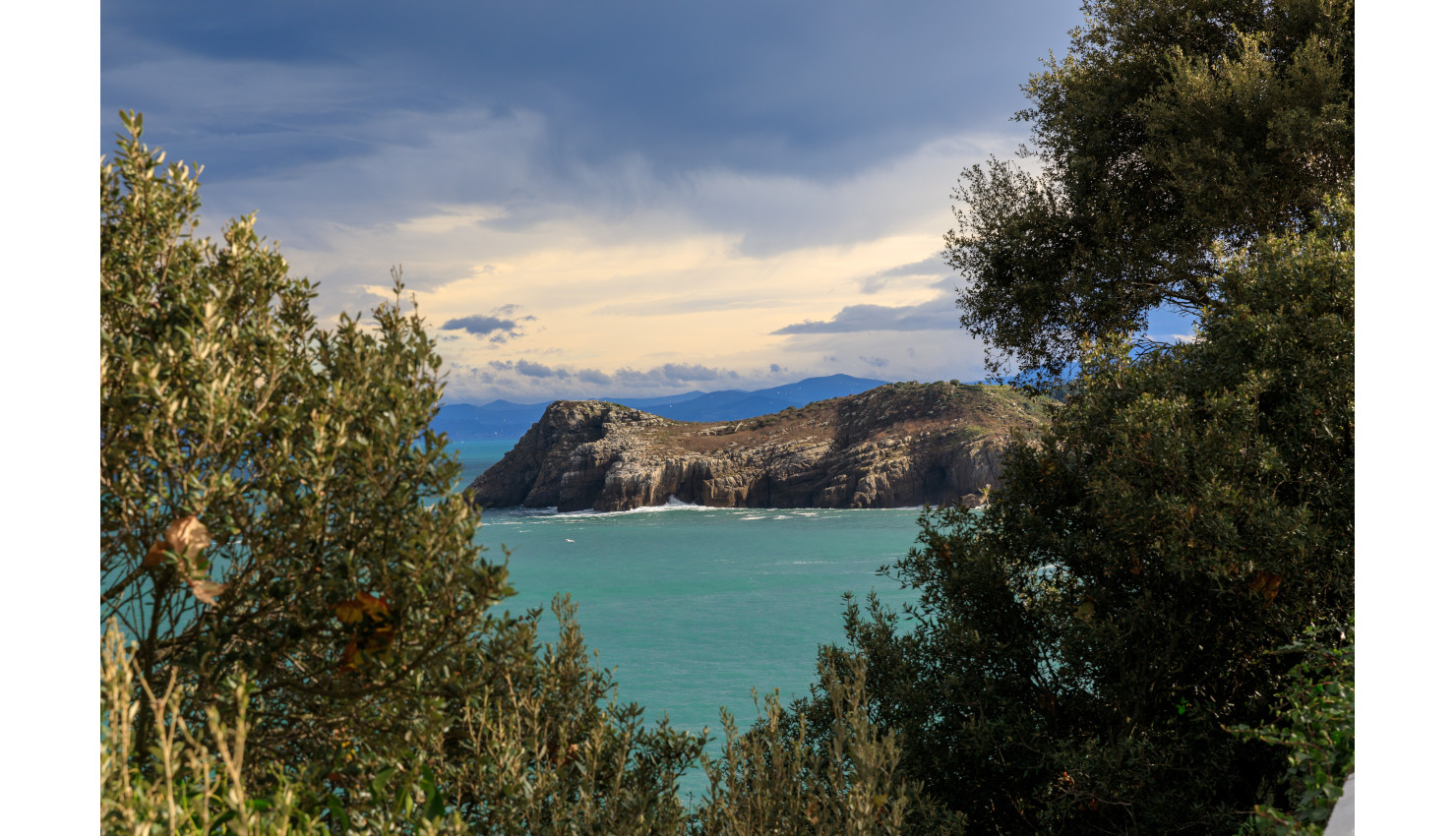
Urdaibai, Biosphere Reserve
Commitment to responsible tourism
The Basque Country firmly commits to safe, innovative, quality, and inclusive tourism. That is why they have developed the Responsible Tourist Guide. Additionally, they have created the Euskadi Tourism Ethical Code for responsible tourism. This code highlights sustainability, the promotion of tradition and culture, and the preservation of World Cultural Heritage.
An enviable gastronomy
One of the reasons to travel to the Basque lands is gastronomy. In this field, tradition and innovation come together with excellent results, demonstrated by the 32 Michelin stars awarded to 23 different restaurants. Indeed, San Sebastián is the place with the most Michelin stars per capita. Furthermore, there is significant generational turnover: 8 restaurants are listed in the Michelin Bib Gourmand.

Dishes from Basque gastronomy, heavily influenced by fishing
A landscape to enjoy in a thousand ways
But the Basque Country is not only its gastronomy; its landscapes, traditions, and culture are worthy of exploration. Another reason to go is precisely its landscape. The Basque Route is a route to be taken by car, with 8 different sections covering a total of 950km. It includes 75 municipalities, a biosphere reserve (Urdaibai), 6 natural parks such as Izki, Armañón, or Urkiola, World Heritage Sites such as the Altxerri, Ekain, and Santimamiñe caves, and many more tourist attractions.
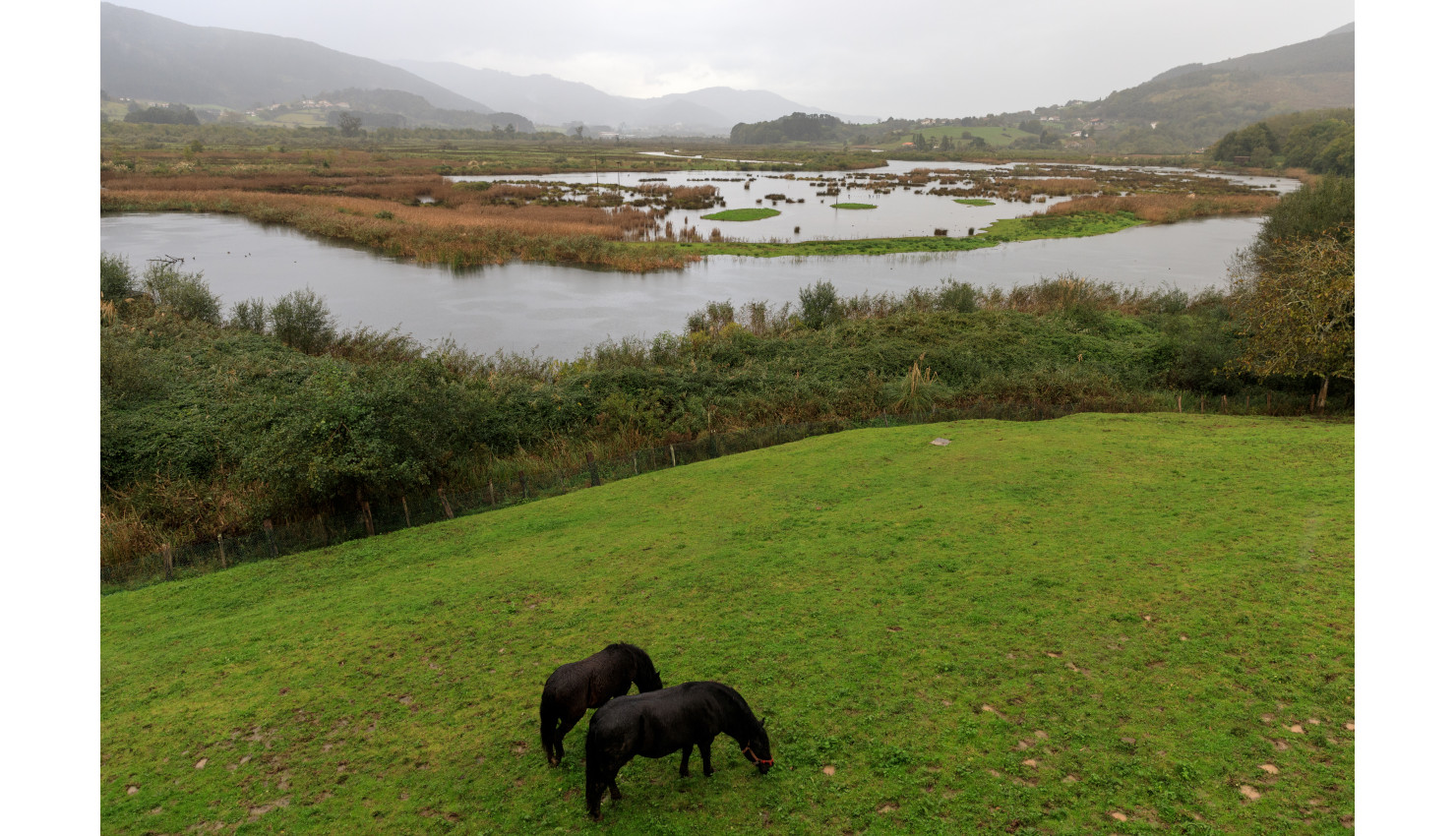
Aerial view of Urdaibai, Biosphere Reserve
Bilbao to Lekeitio, from Lekeitio to Zarautz, from Zarautz to San Sebastián, from San Sebastián to Vitoria-Gasteiz, from Vitoria-Gasteiz to Laguardia, from Laguardia to Orduña, from Orduña to Bilbao, and from Lekeitio to Vitoria-Gasteitz. Apart from the places of origin and destination of these routes, it passes through places like Getxo, Bermeo, Mundaka, Gernika, etc.
The landscape is very diverse; its location allows for enjoyment of both the coast and the mountains and valleys. On the coast, you can enjoy not only summer but there are also nautical activities that can be practiced during the rest of the months, as well as surfing. Given its high natural value, ecotourism is also promoted. That is why they elaborate on the Euskadi Ecotourism Guide to delve deeper into this field.
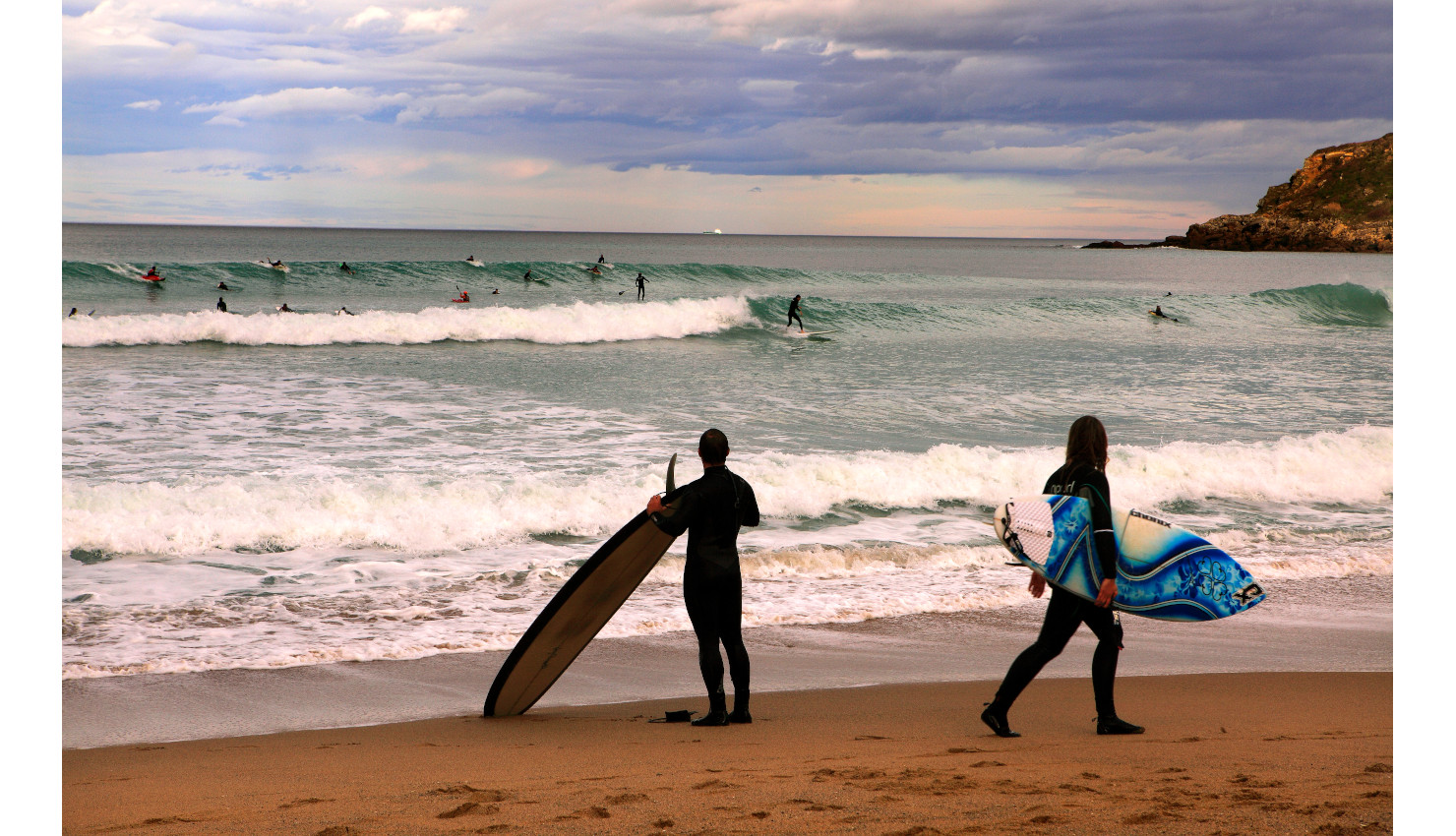
People surfing on the Basque coast
One way to explore this landscape is through hiking. The paths are adapted to this modality with signs and beacons, and there are options for all audiences. One of the most important routes is the Camino de Santiago, which has a route along the coast and another inland. This year, they have also worked on the Ignatian Way in commemoration of the Ignatian Year celebrated in 2021 and until July 2022. This path has brought together the efforts of five autonomous communities and follows the pilgrimage of San Ignacio de Loyola from Loyola to Manresa, passing through La Rioja, Navarra, Aragon, and Catalonia.
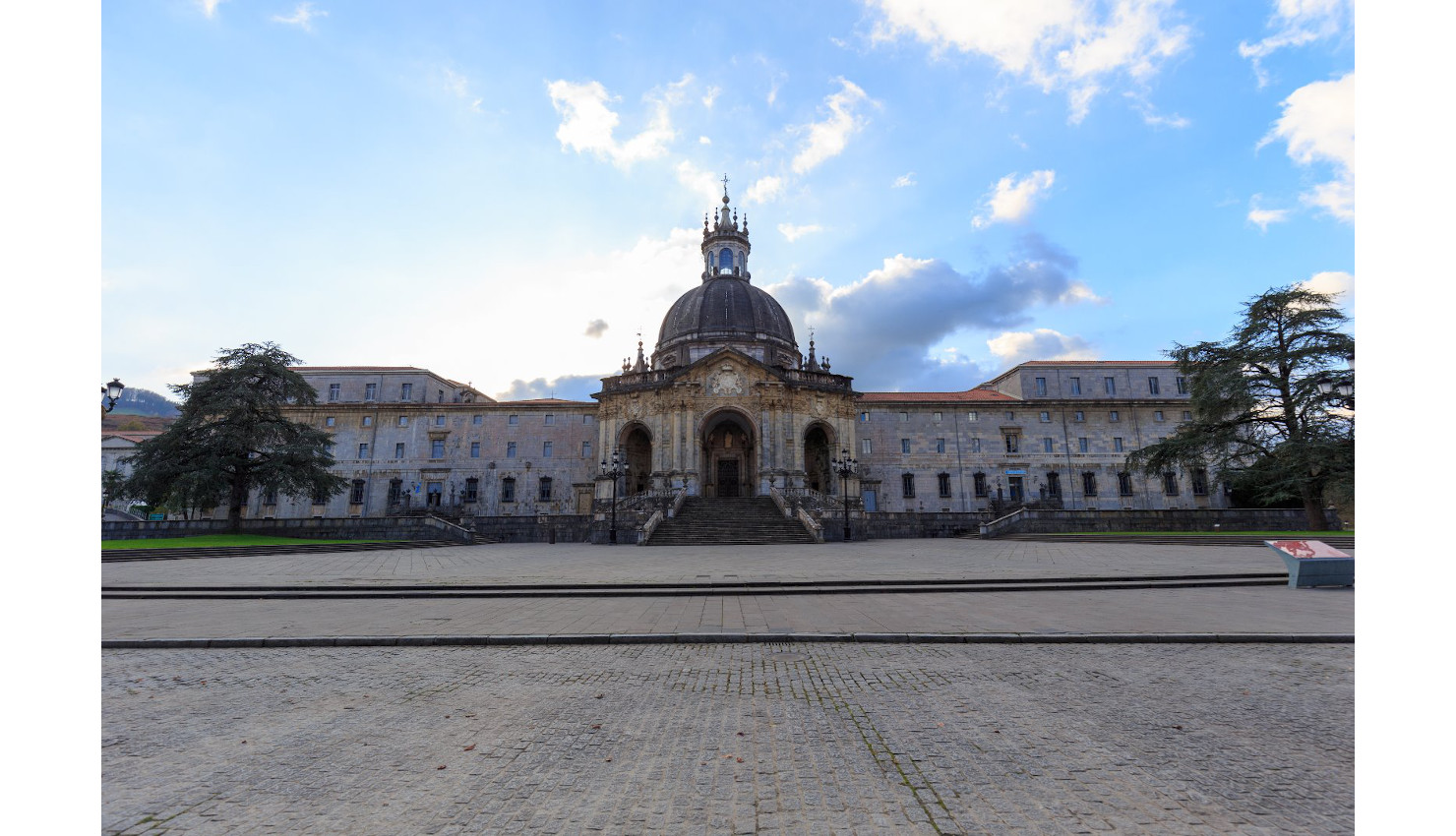
Sanctuary of Loyola
Another way to enjoy the Basque landscape is on a bike. In this territory, there is a long cycling tradition, and it has a wide variety of greenways, BTT centers, urban routes, and major routes.
A destination for the whole family
The Basque Country also stands out for its family-friendly environment, making it an ideal destination for families. There are many activities aimed at the little ones at home, and “Plans with Children in Euskadi” talks more about them. Some of these proposals include visiting the Aquarium of San Sebastián, the Santa Catalina Lighthouse, or the Salado Valley of Añana.
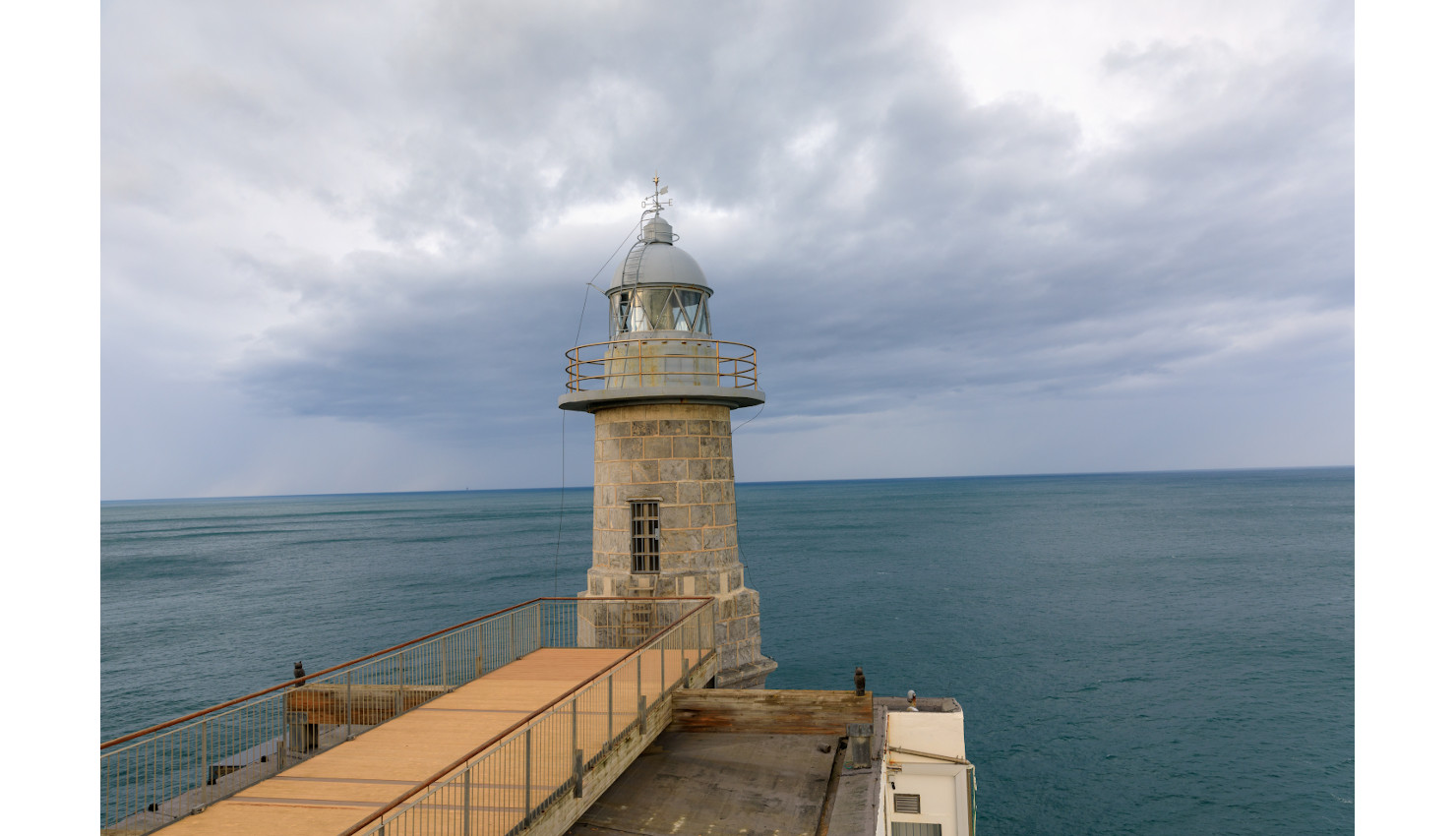
Santa Catalina Lighthouse in Lekeitio
A dynamic culture
If we talk about the Basque Country, we cannot forget its rich cultural heritage. Where cultural activity is most concentrated in the three provincial capitals: San Sebastián, Vitoria-Gasteiz, and Bilbao. There is a museum offer of great value; an example is the Guggenheim in Bilbao. Another example of historical heritage is that found in Vitoria, which still preserves its medieval historic center. In San Sebastián, on the other hand, the Film Festival is held.
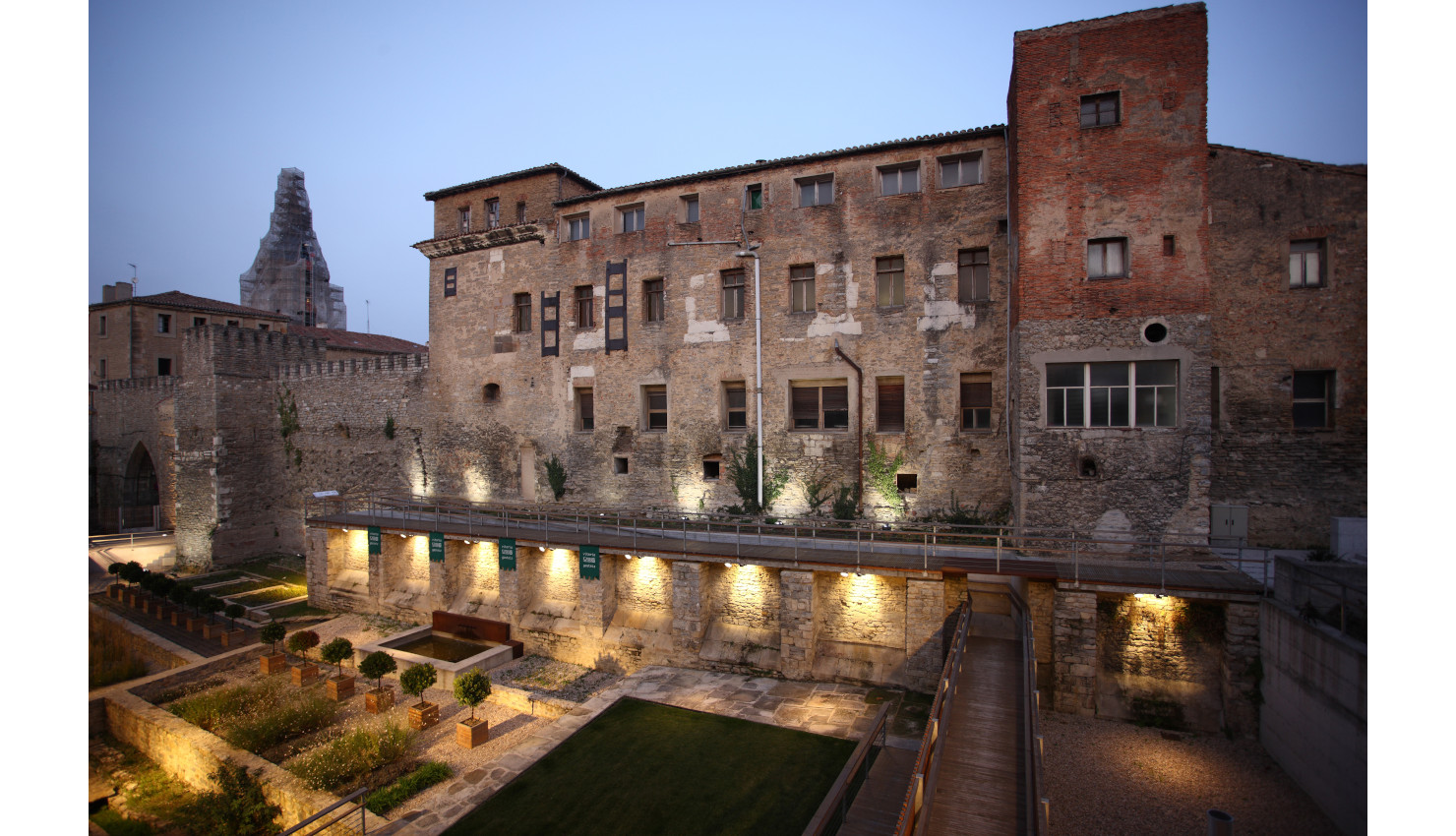
The medieval walls of Vitoria-Gasteiz
Another type of tourism hosted by the Basque Country is industrial tourism. An example is the Vizcaya Bridge, the first element of its kind to be declared a World Heritage Site by UNESCO. There are three flagship locations on this route: La Encartada in Balmaseda, the Salado Valley of Añana, and the Railway Museum in Azpeitia.
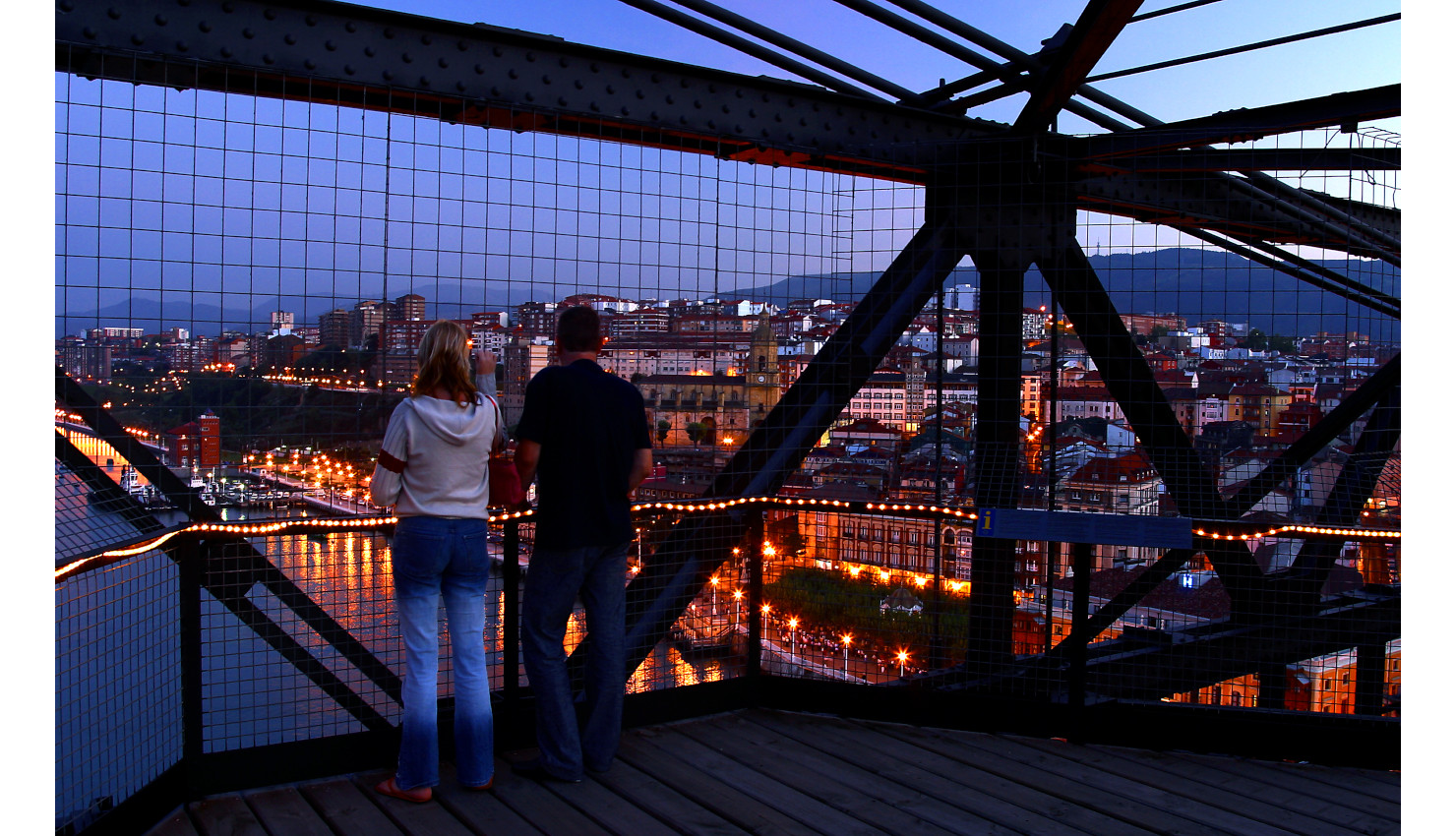
Vizcaya Hanging Bridge dating from 1891
We hope to be able to pack our bags for the Basque Country soon and enjoy the various experiences that this territory offers us. Laster arte, Euskadi! See you soon Basque Country!
Images provided by the Department of Tourism, Commerce, and Consumption of the Basque Government




